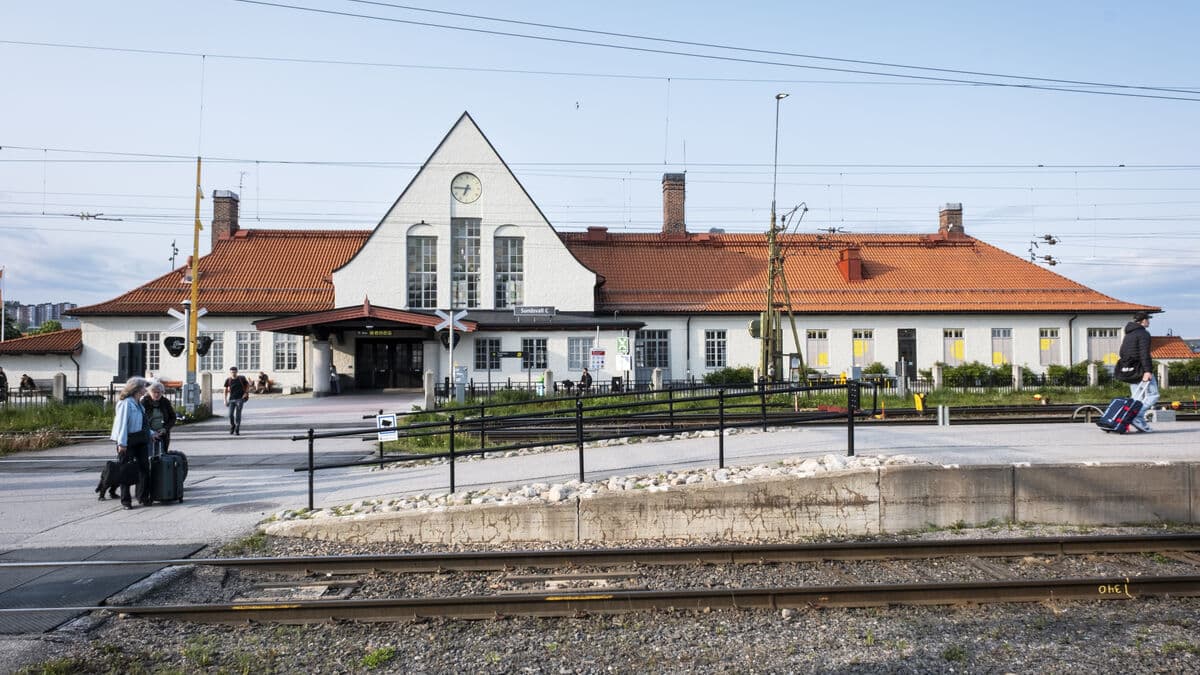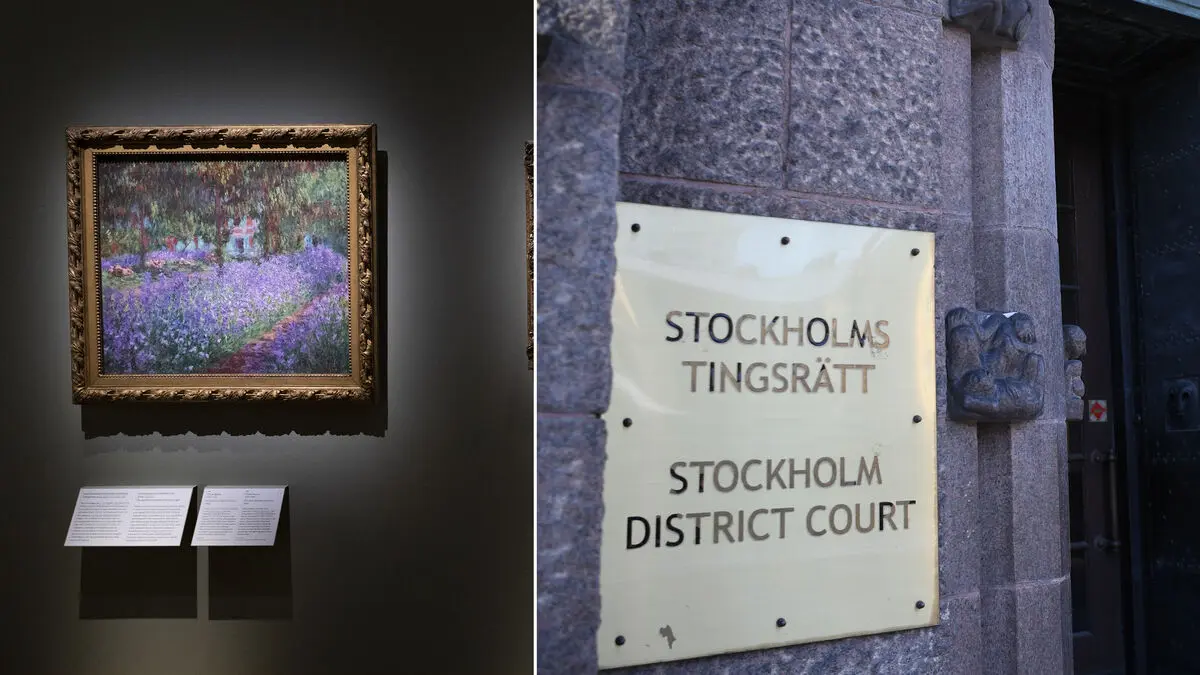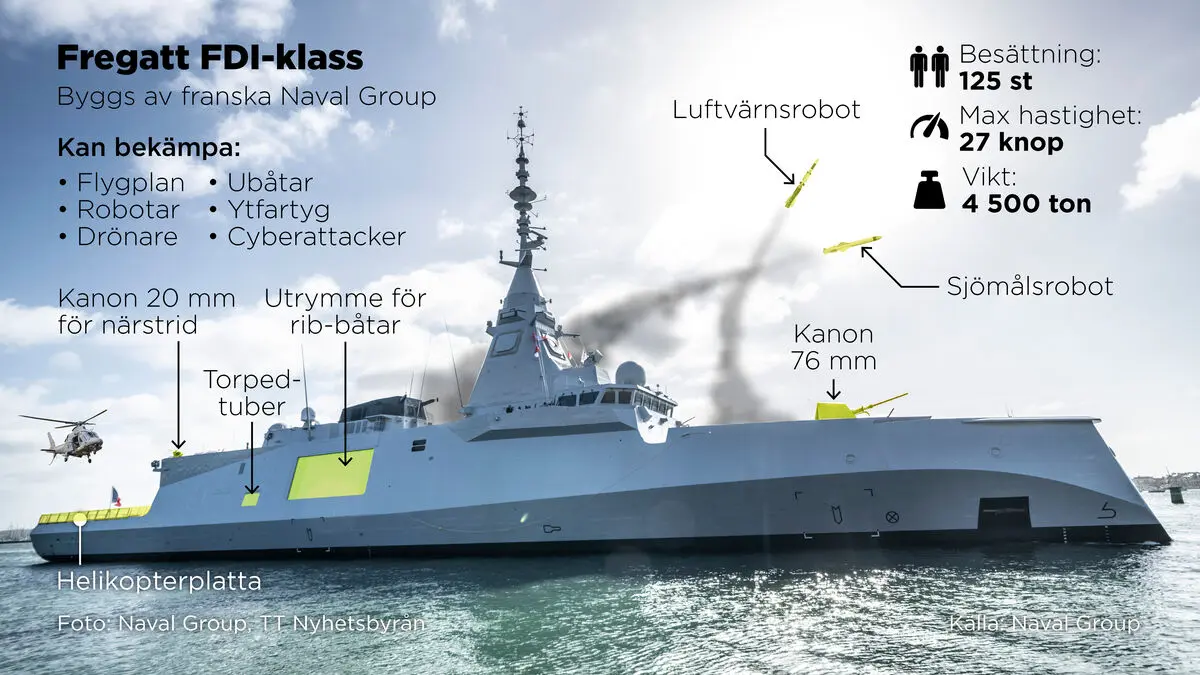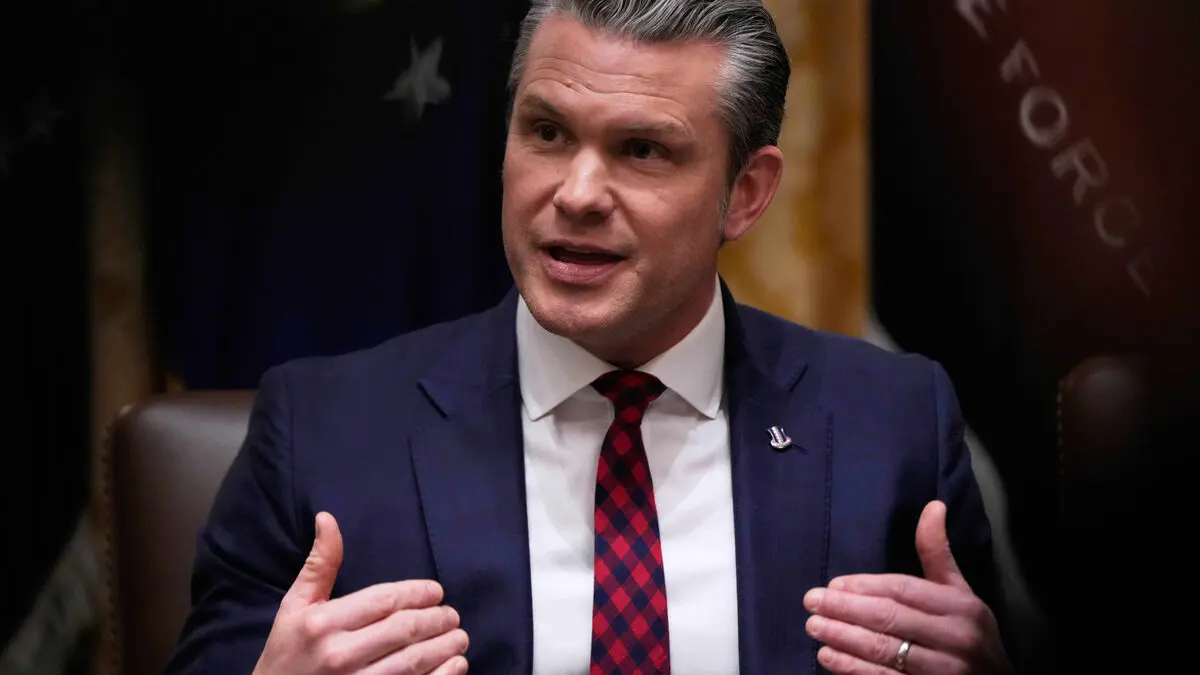This is about a gigantic total cost for all infrastructure investments where the railway is included, a total of 1,171 billion kronor and also - for an extremely long time horizon. In the Swedish Transport Administration's national plan proposal for 2026-2037, the assessment is that when it comes to the maintenance of Sweden's railways, the plan is to catch up first by 2050.
However, Carl-William Palmqvist, lecturer in railway technology, considers it unlikely:
That it should be rectified by 2050 is essentially baseless. You start nibbling on this at the edge, but then the pace must be increased sharply in the next plan and the plan after that, he says.
Too expensive
Carl-William Palmqvist points out that the fundamental problem is that the railway is expensive and costs more than what one has historically been willing to pay.
The amount of traffic has doubled since the 90s, but we have been going backwards all the time and never put in enough to maintain the standard. It has instead fallen, he says.
Historically, rail traffic has increased by 2-3 percent annually, which means that continued large economic investments are needed to keep pace, he points out.
Negative surprise
The big negative surprise, Carl-William Palmqvist believes, is that the problem with the four-kilometer single track between Helsingborg and Maria station, a bottleneck on the West Coast Line, is not being addressed at present because it is considered too expensive.
I understand the logic, but it is also extremely difficult to see any other solution. It will be extremely expensive, but you just have to do it. Now you're just pushing the problem forward a few years in time.
Among other investments, it is noted that the previously planned double track between Gävle and Härnösand - the stage Kubikenborg-Dingersjö is completely deleted, while Gävle-Kringlan gets a significantly reduced budget.
"Completely tone-deaf", calls Niklas Säwén, chairman of the municipal board in Sundsvall, the message from the Swedish Transport Administration.





